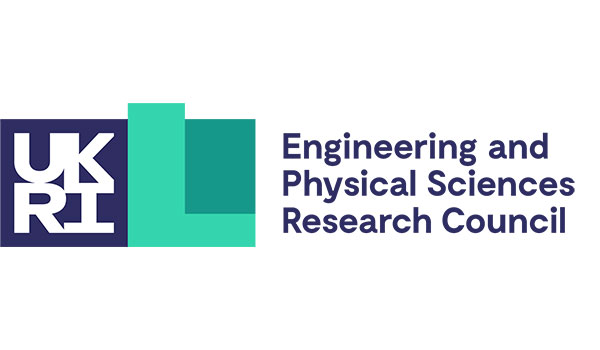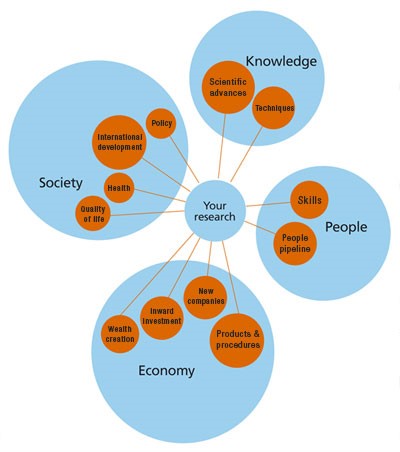EPSRC Impact Acceleration Account (IAA) 2022-2025
The Engineering and Physical Sciences Research Council (EPSRC) has awarded the University a £1.2m Impact Acceleration Account 2022-2025, which is a block grant to accelerate the impact of research.
The Engineering and Physical Sciences Research Council (EPSRC) has awarded the University a £1.2m Impact Acceleration Account 2022-2025, which is a block grant to accelerate the impact of research.
No calls currently open.
As part of the EPSRC IAA 2022-2025 programme, we ran an open call in May 2022 entitled “Immediate Impact” to take advantage of new and existing partnerships that were ready to apply for funding and make progress along the impact pathway.
This was followed by another open call in November 2022 entitled "Immediate Impact 2" and an interdisciplinary call across both AHRC and EPSRC remits in October 2023.
The deadline for all IAA submissions is currently closed.
Though subject to change, you can get a sense of the application process by reviewing the guidance and application forms below.
EPSRC IAA Application Form November 2022
EPSRC IAA Guidance November 2022
For queries please contact Mark Bowen (m.bowen1@lancaster.ac.uk) and Jamie Hodge (j.p.hodge@lancaster.ac.uk)

IAAs are strategic awards provided to institutions to support knowledge exchange (KE) and impact from their EPSRC funded research. IAAs allow Research Organisations to respond to opportunities in flexible, responsive and creative ways, aligned to their institutional strategies and opportunities. Responsibility for management of IAAs is devolved to the institution to operate tailored schemes to facilitate the realisation of impact. The awards are intended to add value to existing funding and take advantage of new or unforeseen opportunities. IAAs are one of the funding mechanisms for supporting knowledge exchange, innovation and impact at UK Research and Innovation.
Together with our research communities and partners, we want to encourage researchers to think about Pathways to Impact. Pathways to Impact offers a chance for researchers to delve deeper into looking at who is likely to benefit from their work, how to engage with them, and how to go about increasing the likelihood of this happening. Whilst UK Research and Innovation demands excellence as the main factor in deciding upon funding, Pathways to Impact is viewed as an added criterion, amongst others, for research applicants to show the potential value of their work.
A clearly thought through and acceptable pathways to impact is an essential component of a research proposal and a condition of funding. Applicants are required to use this section of the proposal to identify the potential impact of their work and to outline the steps they can sensibly make now to facilitate the realisation of those impacts.
Identified impacts should clearly align with the case made for the importance of the research but may be much broader. If a proposal is ranked high enough to be funded but does not have an acceptable Pathways to Impact it will be returned. Applicants will be asked to revise the Pathways to Impact and the proposal will only be funded once that acceptable revision has been received.
EPSRC helps contribute to the UK’s competitiveness and welfare through the support of an extensive range of research and postgraduate training, with a portfolio of approximately £3 billion. The intention now is to encourage researchers to look at how their work could achieve a positive impact and the pathways to bringing this to fruition. This is achieved through the inclusion of the Pathways to Impact section within the application process. ‘Impact’ itself is recognised as follows
These are just some indicative impact areas that could benefit through EPSRC IAA funded research:

Tips to bear in mind:
Try to avoid the following: